blog
Book Review: MASK by Chris Rainier
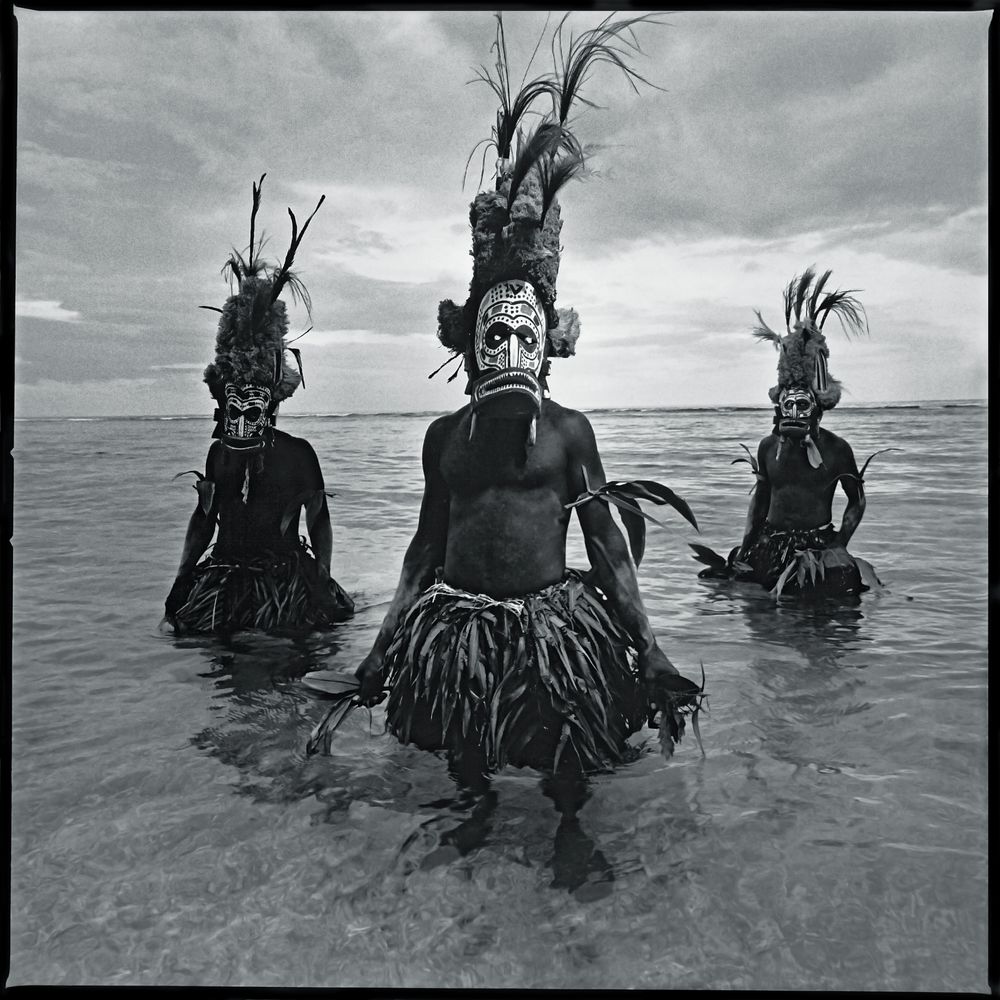
PAPUA NEW GUINEA © Chris Rainier
Chris Rainier is a National Geographic photographer whose focus is on traditional cultures. “For over thirty years, I have been in search of the meaning of the mask,” Rainier said. “What began as a thorough visual photographic documentation of the traditional mask rituals of New Guinea developed into a voyage of discovery that took me around the world photographing traditional masks and mask traditions – from the steppes of Mongolia to the jungles of South America, from the savannas of West Africa to the ghats of India and the high Himalayan mountain monasteries of Tibet and Bhutan, from Day of the Dead festivals in Mexico to the lands of the First Nation tribes of North America, and from the temples of Sri Lanka and Bali to the Alpine villages of modern Europe.”
MASK explores the origins of the mask with over 130 images as well as text by both Chris Rainier and Pico Iyer, the highly respected author of Video Nights in Kathmandu and the TED book The Art of Stillness. In addition, the work is complemented by deeply researched anthropological captions by Dr. Robert Welsch that shed light on why mankind has always worn masks. Masks transform the wearer; the mask carries a representation of another person or spirit, or even allows the person to stand alone as the thing they represent. A person’s individuality is overlaid or replaced by the identity of the mask.
Rainier speaks about his influences in his accompanying text in MASK. “I have spent my entire career inspired by the photographic work of Edward Curtis,” Rainier says. “He tirelessly captured on film many of the traditions of the North American Indians before those traditions were lost in the tragic battle to conquer the American West and to create a modern America. I have such respect for what he accomplished and how his body of work, controversial as it is today, remains a powerful and comprehensive archive that has provided many Native American tribes with a vital visual reference to their past and has helped them to revitalize their ancient dances and traditions. His photographic archive continues to inspire me to this day.”
“For me,” he adds, “the importance of documenting traditional cultures that are in danger of being swept away by the tsunami of modernity is imperative. It is this rich diversity of human experience and humanity’s desire to understand the world we live in and our connection to the planet that have created thousands of varieties of spiritual beliefs and the rituals and dances that embody that worship. I see my photographic documentation and understand with an intense clarity that we are running out of time. We are living in an epoch of radical change on the planet. With the explosion of the human population, coupled with our vast demand for resources that, in turn, is creating immense climate change, traditional societies are under threat. They are fighting for their very survival.”
In the foreword of MASK, Pico Iyer shares these thoughts about the ‘why’ for humans practice of wearing masks, “As I page, slowly, through the images assembled here, I think about how masks are not just a portal to another world, but a reminder of the fact that our lives are defined by amazement and terror and silence.” Iyer continues, “Just to see a mask is to travel out of the everyday into another, a more secret realm; masks upend as they uplift us, because they surround us with all the post-human, the pre-human presences we can’t get away from.”
Rainier’s photographs are both a record and a statement on the masks he encountered in his travels. I found it very engaging and reassuring that some of the same masks I’ve seen in history and art history books are being used current day. The images also carry a bit of genuine magic, a hard thing to come by in everyday life. Rainier shares this magic with the viewer, and reminds us that these ritualistic, cultural, or social masks, even Halloween masks, all can carry a universal power that transforms.
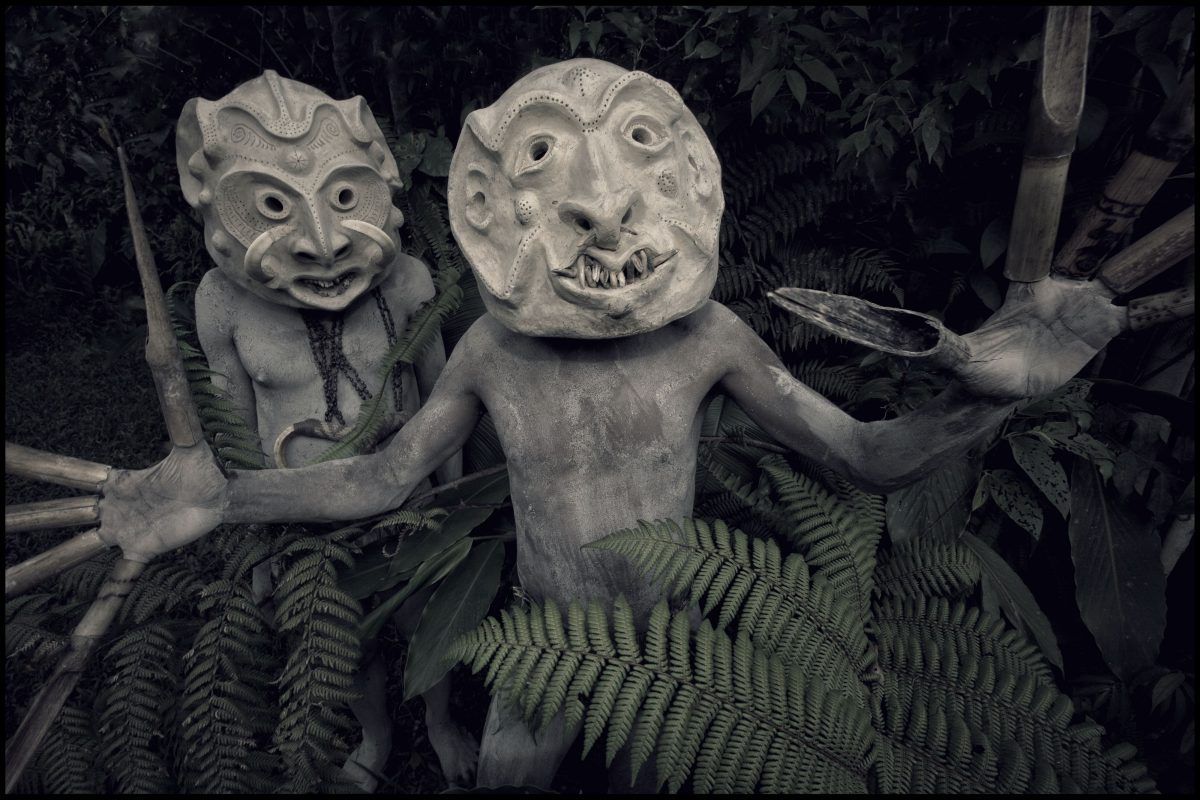
PAPUA NEW GUINEA © Chris Rainier
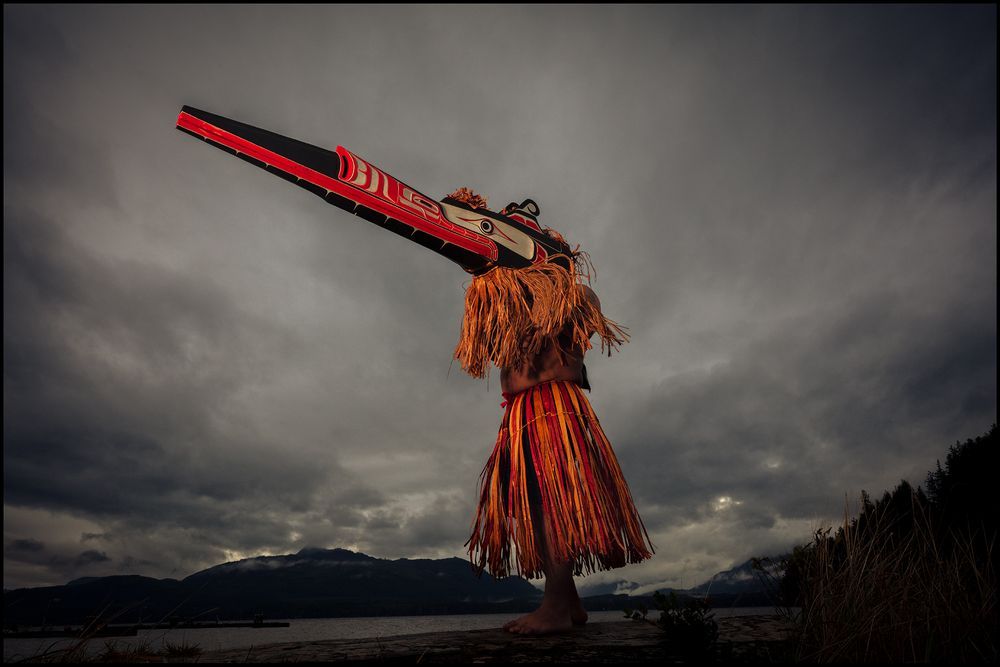
NORTHWEST CANADA © Chris Rainier
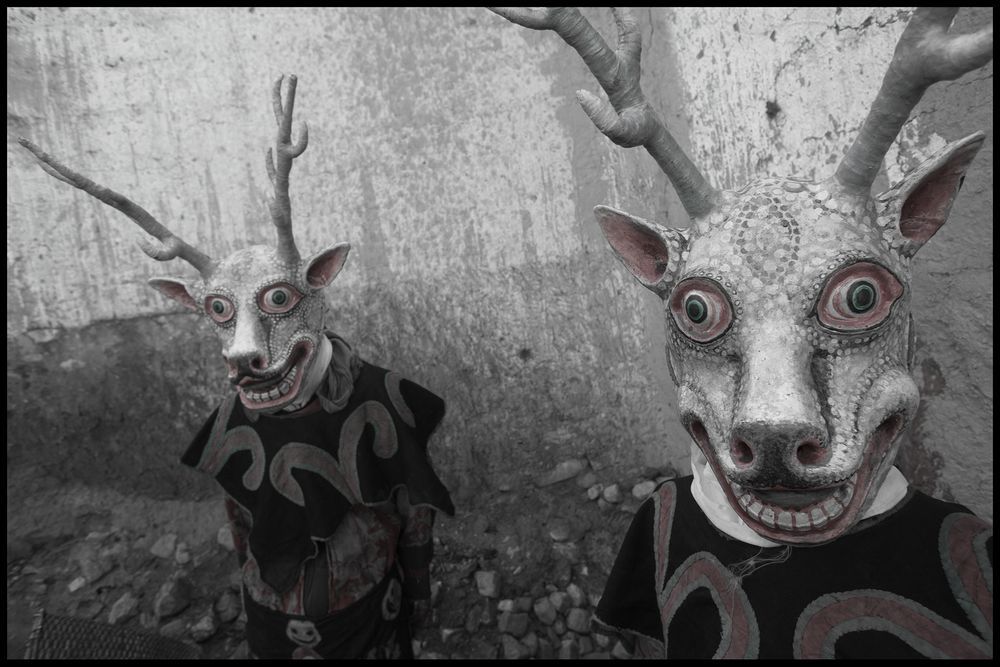
MUSTANG, NEPAL © Chris Rainier

MALI, WEST AFRICA © Chris Rainier
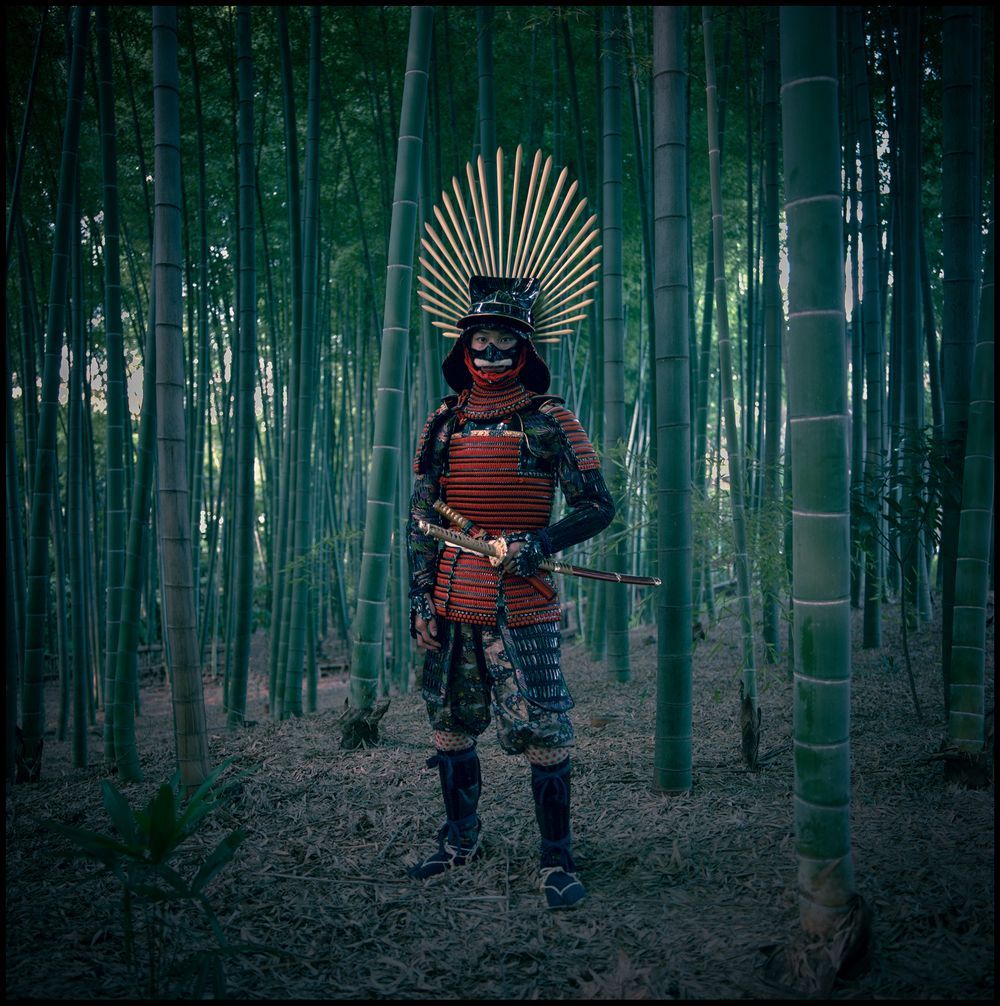
JAPAN © Chris Rainier
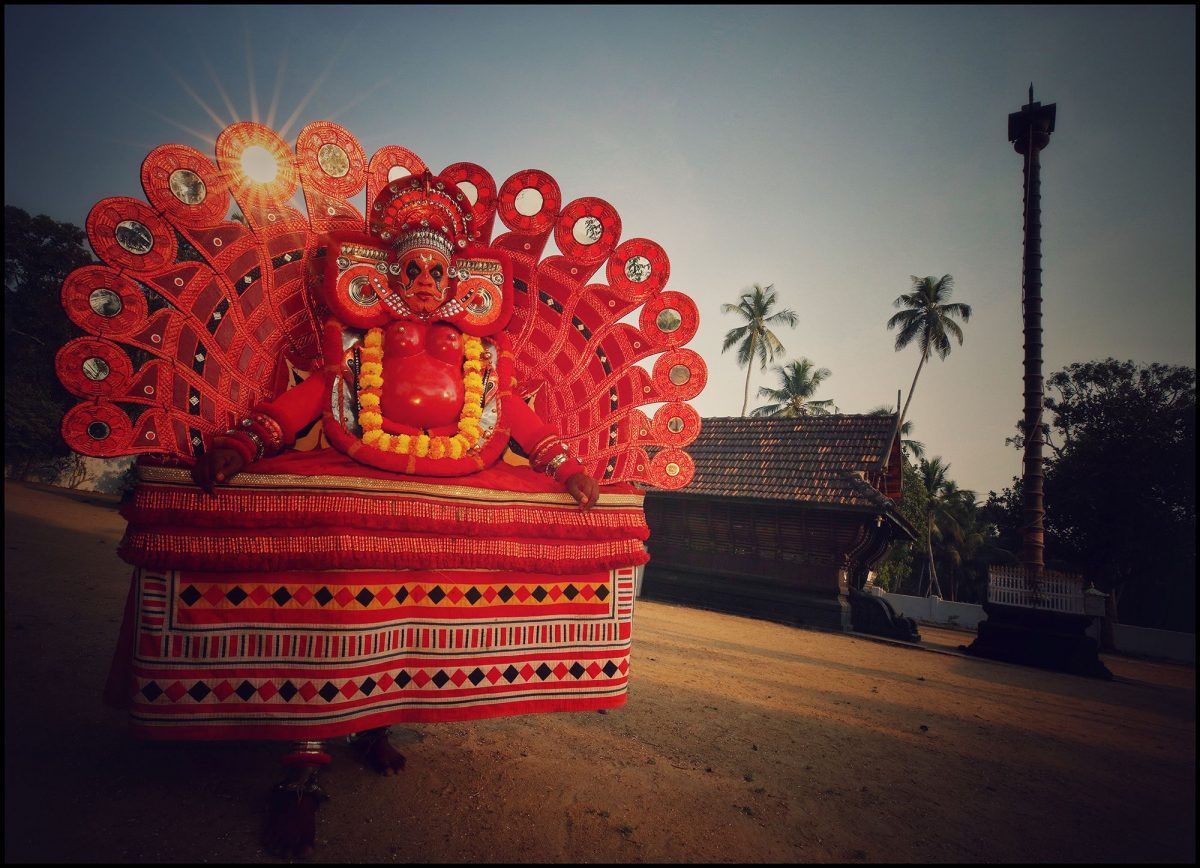
INDIA © Chris Rainier
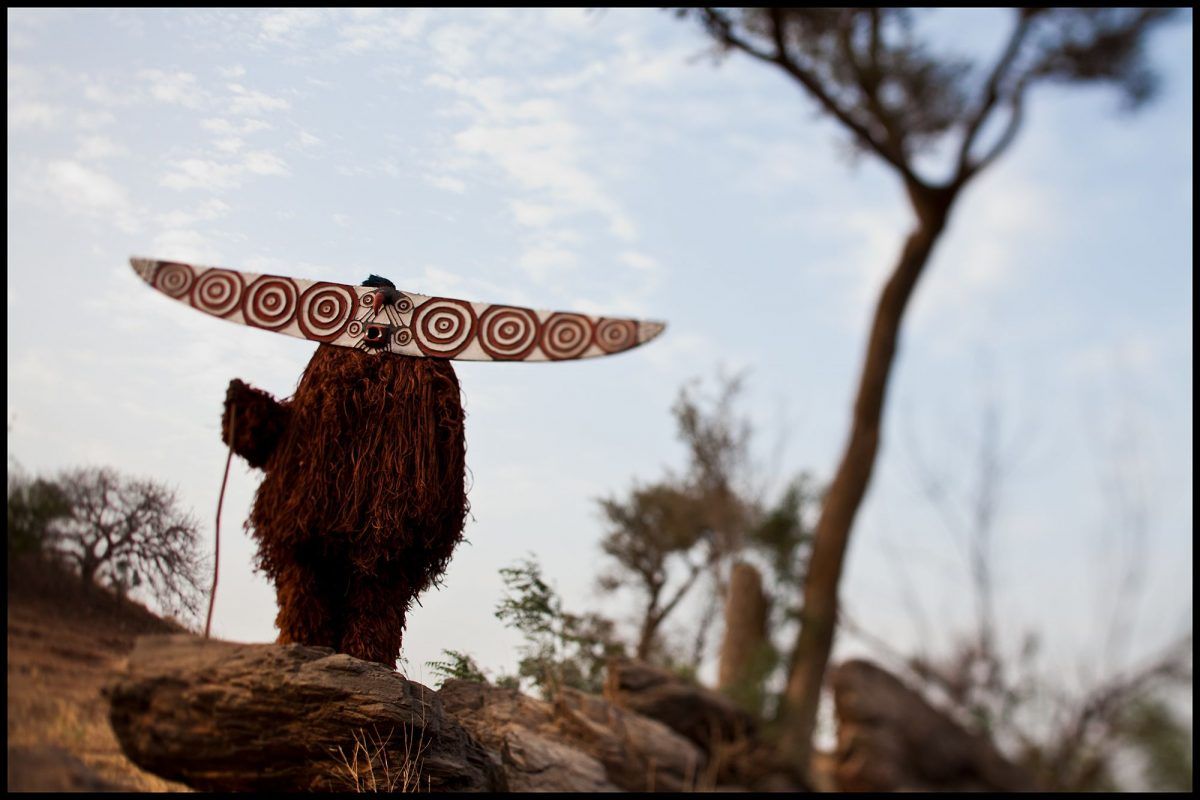
BURKINA-FASO, WEST AFRICA © Chris Rainier
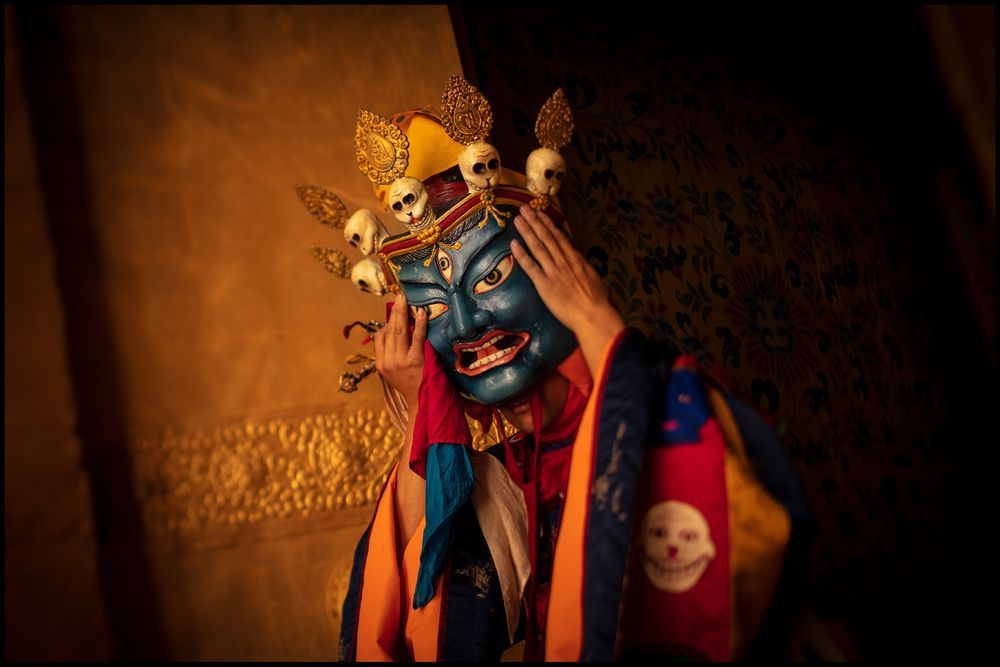
BHUTAN © Chris Rainier
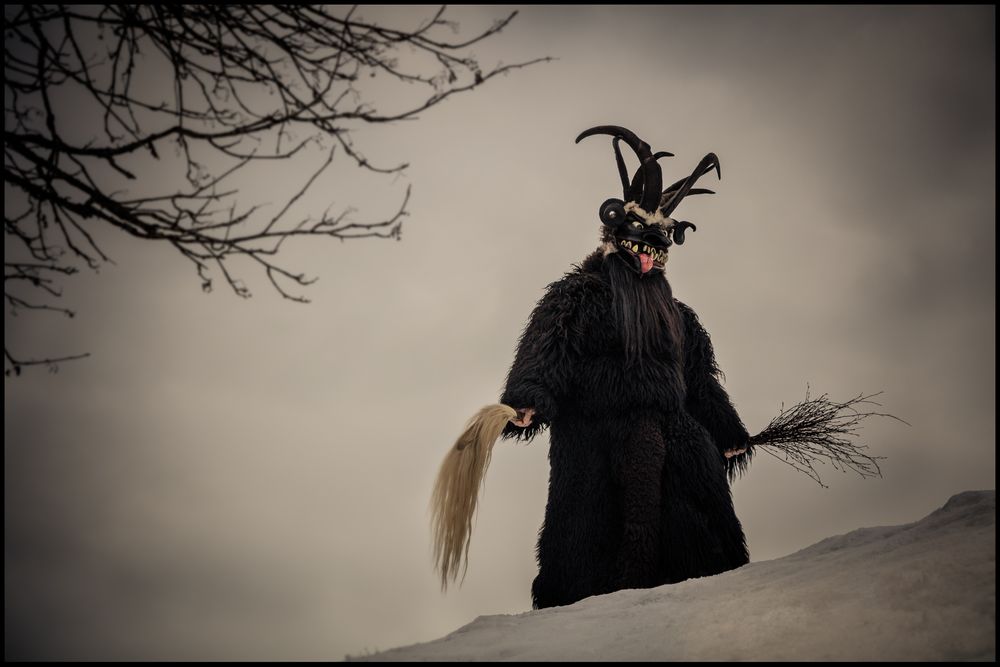
AUSTRIA © Chris Rainier
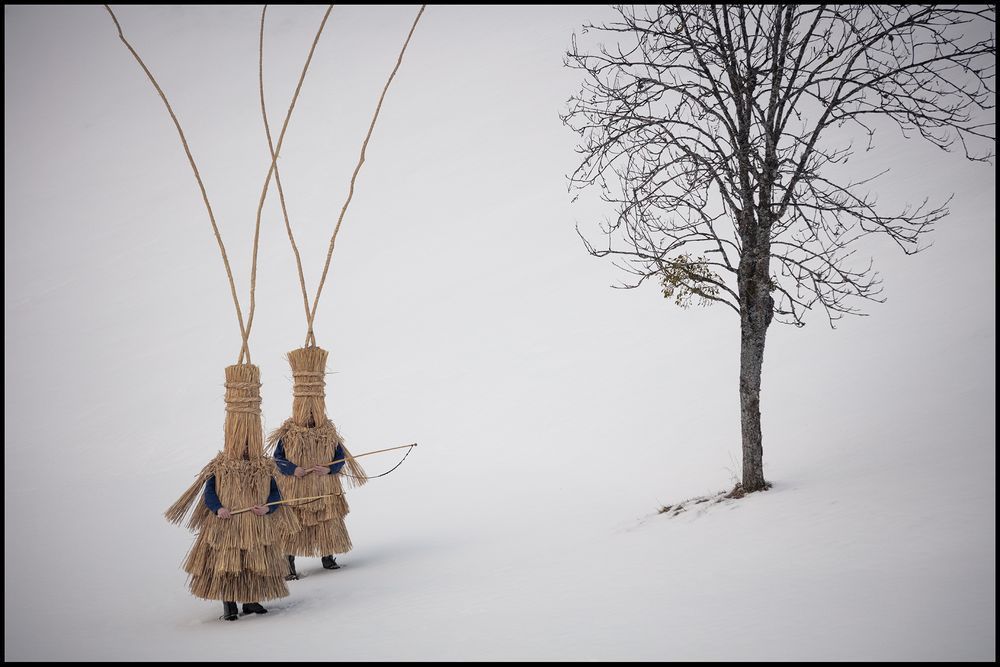
AUSTRIA © Chris Rainier
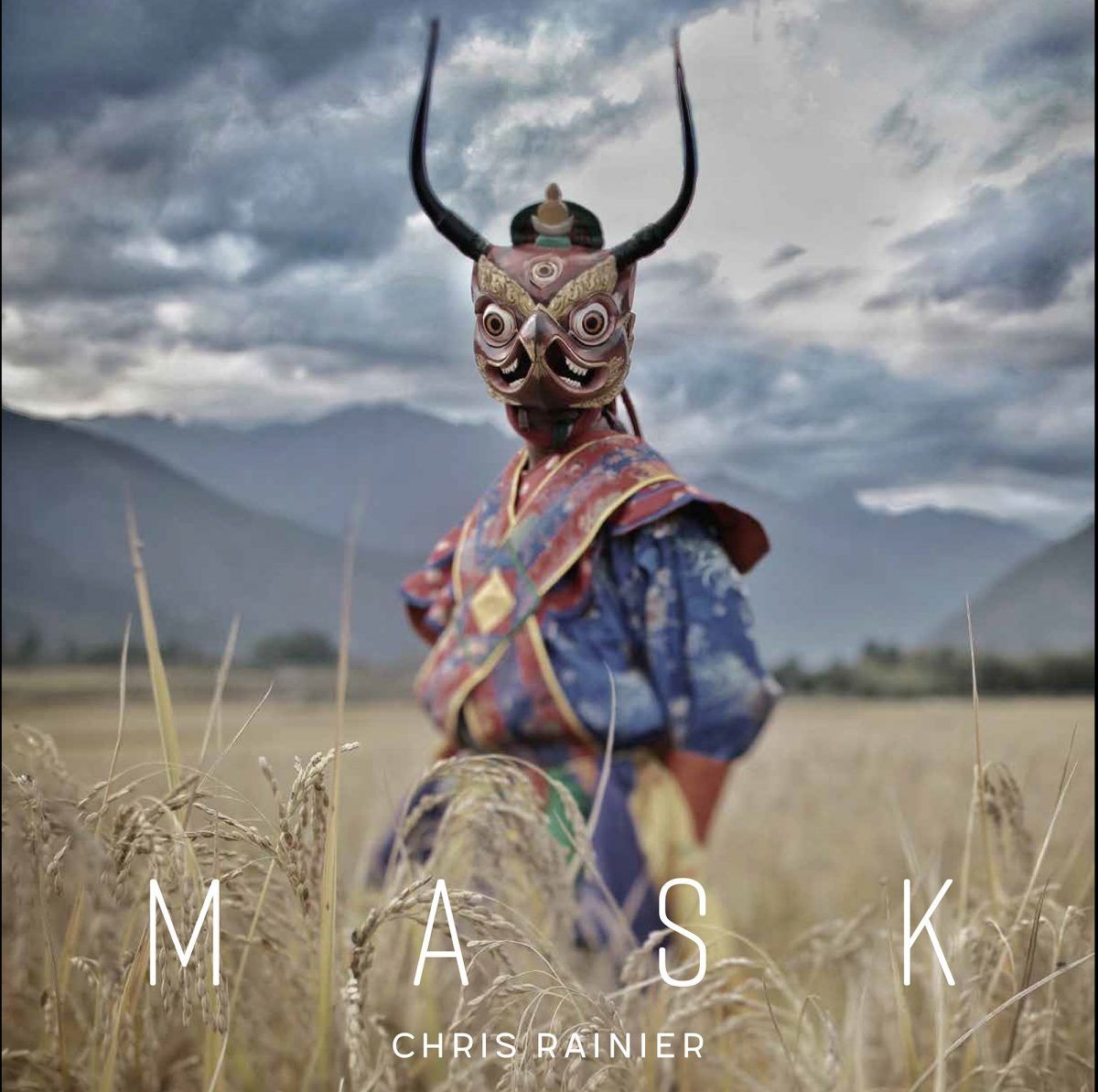
MASK
by Chris Rainier
Ethnographic notes by Dr. Robert Welsch and foreword by Pico Iyer
12in x 12in Hardcover, Earth Aware Editions
ISBN: 978-1-68383-645-2
About Chris Rainier
Rainier is a National Geographic Society Explorer and documentary photographer and filmmaker who is highly respected for his global documentation of endangered cultures and languages. He is a Fellow of the The Royal Geographical Society of London specializing in cultural preservation. In the early 1980s, Rainier was Ansel Adams’ last photographic assistant and during his tenure with the noted photographer, he worked with Ansel to amplify the use of art photography as a social tool and to help to preserve threatened wilderness areas and National Parks. In the 1990s, Rainier spent more than 10 years documenting the remaining tribes of New Guinea which lead to an award-winning book and museum exhibition tour “Where Masks Still Dance: New Guinea”. He has led numerous documentation projects of indigenous groups in Australia, Africa, Asia, and South America and has traveled extensively in all seven continents and to the North Pole documenting endangered cultures and wilderness areas. Rainier’s photography and books have been widely shown and collected by museums around the world, including the Australian Museum in Sydney, the Bibliothèque Nationale in Paris, the International Center of Photography in New York, the George Eastman House International Museum in New York, The National Geographic Society and the United Nations. He is the founder of The Cultural Sanctuaries Foundation.
To find out more about his book/project, MASK can be found at www.maskjourney.com. For more information about Chris Rainier, please visit his website: www.chrisrainier.org
MASK is available through Amazon or Photo Eye (photoeye.com)
Location: Online Type: Book Review, Portraits
Events by Location
Post Categories
Tags
- Abstract
- Alternative process
- Architecture
- Artist Talk
- Biennial
- Black and White
- Book Fair
- Car culture
- charity
- Childhood
- Children
- Cities
- Collaboration
- Cyanotype
- Documentary
- environment
- Event
- Exhibition
- Family
- Fashion
- Festival
- Film Review
- Food
- Friendship
- FStop20th
- Gun Culture
- Italy
- journal
- Landscapes
- Lecture
- love
- Masculinity
- Mental Health
- Museums
- Music
- Nature
- Night
- photomontage
- Podcast
- Portraits
- Prairies
- River
- Still Life
- Street Photography
- Tourism
- UFO
- Wales
- Water
- Zine

Leave a Reply